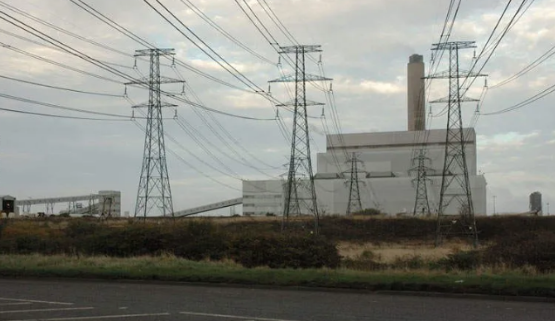A British power plant is located in Ashington, England. In March 1972, a power plant in the United Kingdom was put into operation as a supporting power plant for local smelters. The installed capacity of the power plant is equipped with 3 pulverized coal furnace units, each equipped with a 140MW steam turbine generator, for a total of 420MW. The smelter needs 310 MW of electricity load, and the excess is sold to the British National Grid Corporation. After the smelter is sealed, all the electricity is sold to the grid.
With the trend towards decoalization in the UK power industry, the number of coal-fired power plants operating in the UK has decreased from more than 50 at peak to 8 in 2016. By 2019, the proportion of coal-to-electricity in the UK will be only 1.9%, and by 2020 only The remaining 2 coal-fired power plants operate intermittently. As one of the smallest power plants still operating in the UK, the main reason for this power plant to avoid being shut down is to follow the development trend and realize the conversion from coal to biomass fuel.
As one of the larger investment projects in the field of biomass power generation in the UK in recent years, this coal-fired power plant has experienced two stages of its biomass power generation, from close to 1% coal mill coupling in 2004, to 100 after 2017 % Biomass fuel conversion.
In 2003, as the United Kingdom began to encourage large-scale coal-fired power plants with biomass-coupled power generation, this plant also began its biomass-coupled power generation process. In 2004, the power plant adopted a biomass direct combustion coupling technology route with the lowest cost and the lowest biomass coupling ratio-coal mill coupling, that is, biomass fuel and coal are powdered together in the coal grinding mechanism. The plant uses 3 different biomass fuels: sawdust, biomass pellets and olive residue. In 2004, about 11,000 tons of biomass fuel were used, and the biomass coupling ratio was less than 1%.
In 2016, the power plant began the conversion of 100% biomass fuel for three 140MW pulverized coal furnace units. After the design, manufacture and equipment supply transformation of its biomass fuel delivery system were completed, this power plant became a 3*140MW pure biomass fuel-fired power plant, consuming approximately 1.4 million tons of biomass fuel annually. Since the conversion of biomass fuel, due to the clean combustion characteristics of biomass fuel, the NOx emissions of boilers have been reduced by 2/3, and the SOx emissions have been reduced by more than 90%.



